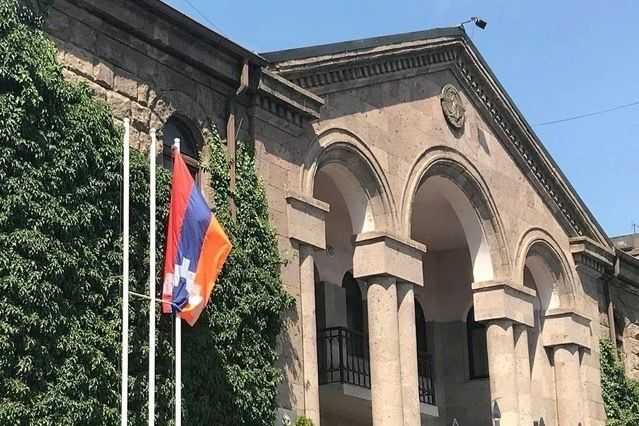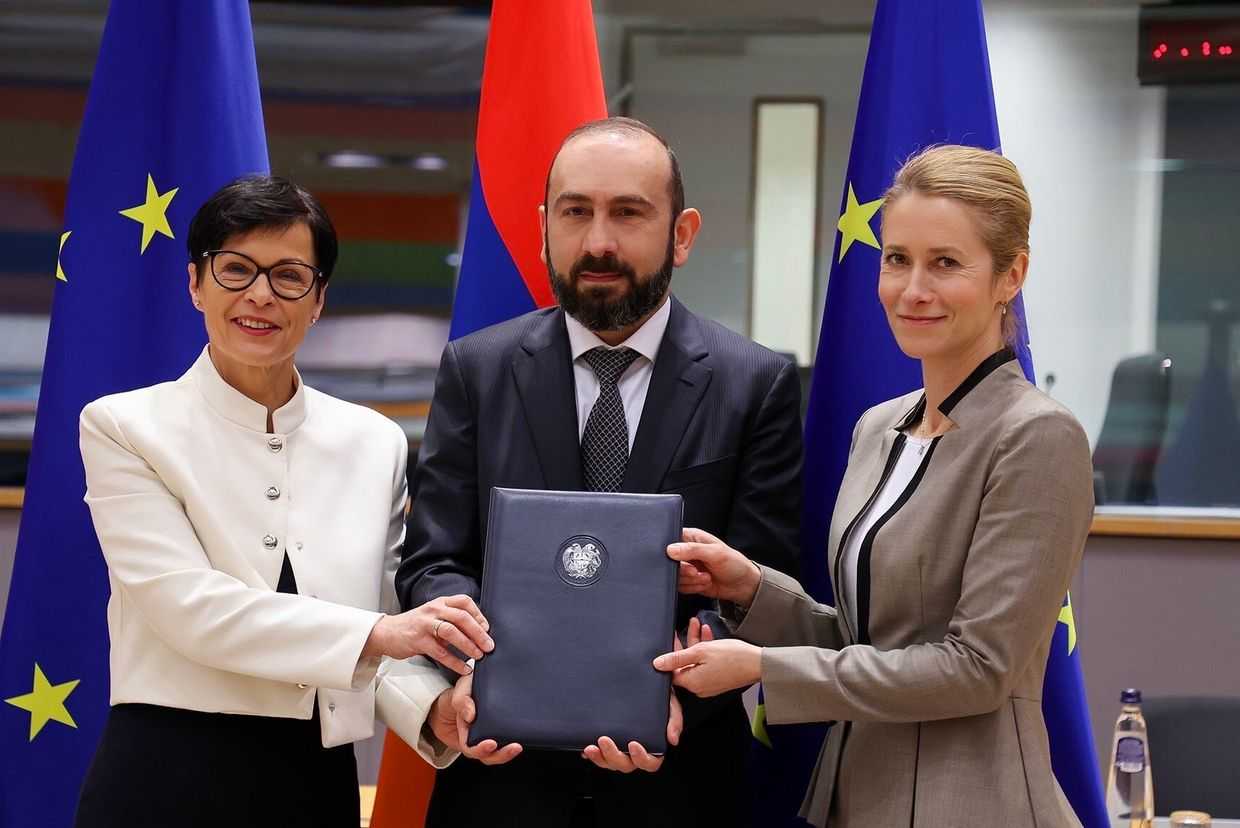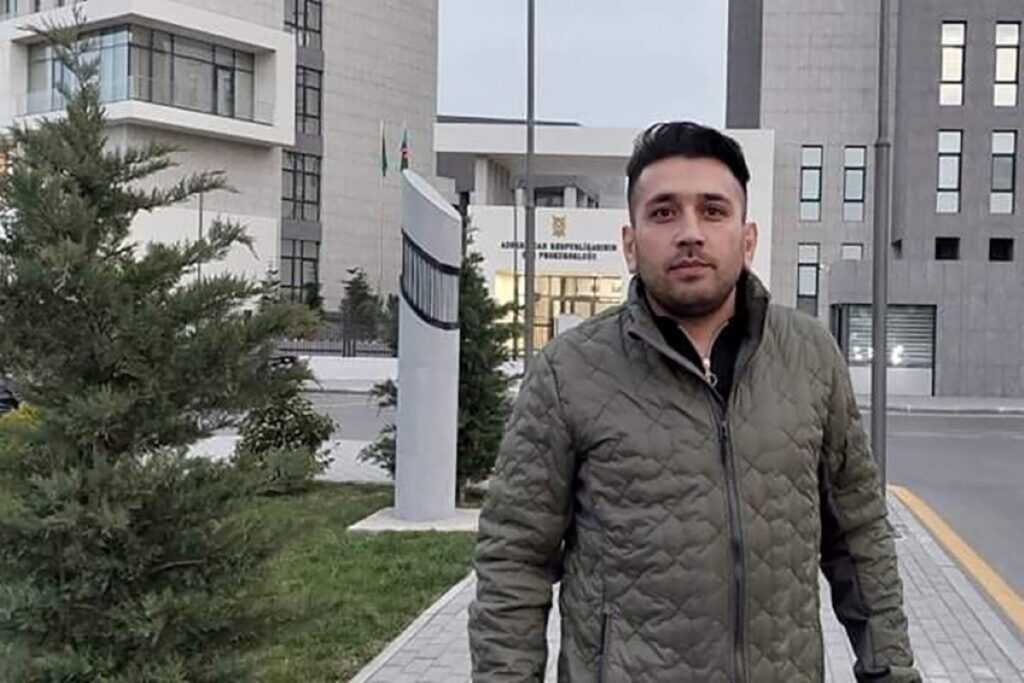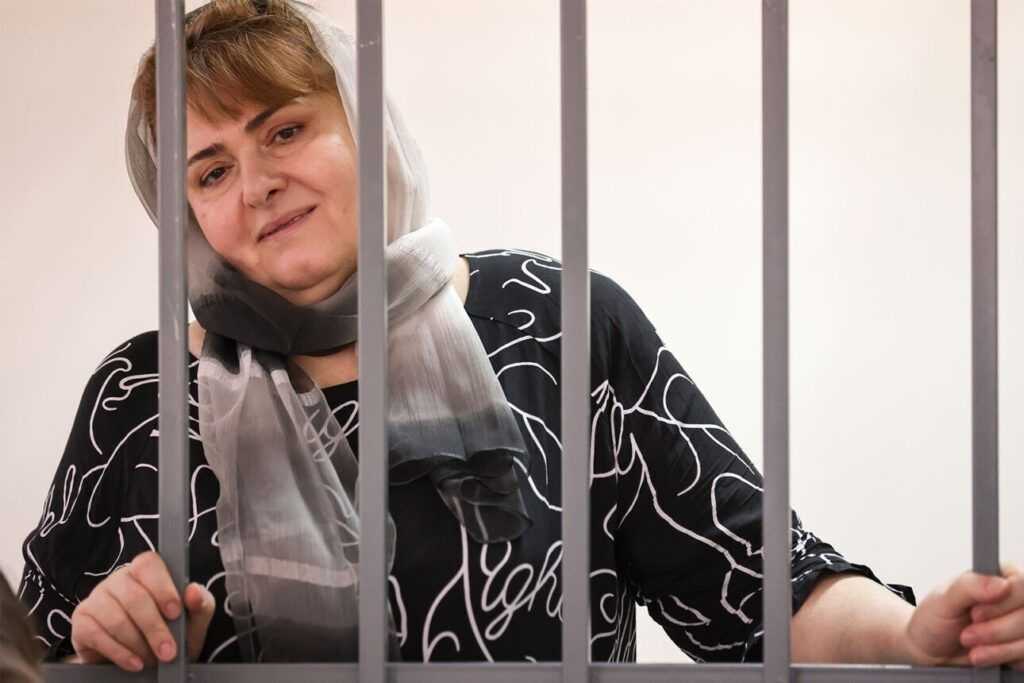Explainer | How the India-Pakistan clashes played out in the Armenia-Azerbaijan infospace

Throughout the course of a brief, but violent, conflict between India and Pakistan that erupted over the past week, Armenia and Azerbaijan also engaged in a simultaneous proxy information war, as both Yerevan and Baku used the outbreak of violence as an opportunity to explicitly take sides.
The respective alliances are not new — Pakistan has long been an ally of Azerbaijan and is the only country in the world that does not recognise Armenia, while Armenia has increased its ties with India in recent years and has supported India’s claims to the contested Kashmir region.
As much of the world opted to stay on the sidelines during the May clashes, the largest between India and Pakistan in decades, Armenia and Azerbaijan jumped into the fray, issuing official statements, articles, and social media campaigns to support their respective sides.
The proxy information war comes amidst an uncertain time in Armenia–Azerbaijan relations following the announcement in March that the terms of a peace treaty had been agreed upon. Nonetheless, tensions increased in weeks that followed, with Armenia refuting dozens of Azerbaijani allegations that its troops are violating the ceasefire, in addition to making its own ceasefire violation accusations.
In the meantime, diplomatic efforts have continued, with Armenian officials in particular expressing optimism about the prospects of success, though the actual signing of the treaty appears to be no closer than it was in March.
Armenia supports India’s right to defend itself
As Armenia’s ties with its long-time ally and primary defence-related benefactor Russia have sharply deteriorated in recent years, Yerevan has sought to forge new alliances, particularly connected to defence.
While Armenia’s growing defence relationship with France has been more in the headlines, by 2024, India had surpassed Russia to be Armenia’s largest arms supplier.
During a recent Q&A following the outbreak of hostilities between India and Pakistan, Armenian Foreign Minister Ararat Mirzoyan made it clear which side the country stood on.
‘A terrorist act took place. The Republic of Armenia reacted swiftly, condemned the attack, expressed condolences to the families of the victims, and voiced its support’, Mirzoyan said.
‘We believe — as should any state that considers itself part of the civilised world — that terrorism cannot be condoned and must be condemned. We also believe that countries have the right to defend themselves against terrorism’.
It was the latest, and most high-profile, instance in which Armenia demonstrated the importance it placed on its relationship with India.
Earlier this year, Mirzoyan traveled to New Delhi, where he met with his Indian counterpart Subrahmanyam Jaishankar.
But even earlier, there have been signs that Armenia’s ties with India surpassed a simple transactional relationship centred around arms deals and instead involved larger geopolitical dynamics.
During the Second Nagorno-Karabakh War, Armenian Prime Minister Nikol Pashinyan claimed that ‘special forces of the Pakistani army’ were involved in the fighting.
Pakistan’s Foreign Ministry said the claims were ‘baseless and unwarranted’ and urged Armenia to stop its ‘irresponsible propaganda’ in response, while reiterating its support for the ‘brotherly nation of Azerbaijan’.
Nonetheless, the allegations were picked up in Indian media, with various outlets accusing Pakistan at the time of ‘meddling in Nagorno-Karabakh’, while also lashing out at Turkey, an ally of Islamabad, as well as drawing a parallel between the Nagorno-Karabakh conflict and India’s own territorial dispute in Kashmir.
Amidst the latest round of fighting, calls for a boycott of travel to Turkey grew in India, as many cited Ankara’s support for Pakistan. Instead, some travel sites in India began to list Armenia as a possible alternative destination.
Azerbaijan’s ‘solidarity’ with Pakistan
Azerbaijani pro-government media was more rhetorically aggressive in its commentary on the brief conflict, both demonising India and using New Delhi’s alliance with Yerevan as another opportunity to attack Armenia.
As tensions arose following the Pahalgam terrorist attack that killed 26 Indian nationals and sparked the latest round of fighting, Azerbaijan’s Foreign Ministry released a statement saying it was ‘concerned about recent tensions between India and Pakistan following [the] attack in Pahalgam. We call on [sic] to exercise restraint and engage in constructive dialogue to deescalate current tensions. It is important to refrain from unilateral actions in such a volatile situation’.
A week later, after the hostilities had escalated, Azerbaijan’s Foreign Ministry again issued a statement, saying it ‘expresses its concern over the escalation’.
‘We condemn military attacks against the Islamic Republic of Pakistan that killed and injured several civilians. Being in solidarity with the people of Pakistan, we express condolences to the families of the innocent victims and wish a speedy recovery to those who were injured’, the statement continued.
At the same time, rhetoric in pro-government media went further, alongside public displays of support for Pakistan in Azerbaijan and sharp comments from Azerbaijani politicians.
Chants of “Pakistan” echo through the heart of 📍#Baku. This is more than friendship, it’s brotherhood. 🇦🇿❤️🇵🇰 pic.twitter.com/uW14Y2CYtN
— Ayshan Aslan-Mammadli (@AyshanASLAN) May 12, 2025
After the news about the current situation between India and Pakistan, this is the current scene in Baku right now. Azerbaijan has always supported Pakistan.#Pakistan #IndiaPakistan #Baku pic.twitter.com/c5ywLjqPz2
— A Pakistani (@_apakistani) May 6, 2025
Photo of the Day from #Baku.
— Azerbaijan Emb. to Pakistan (@AzEmbPak) February 23, 2025
🇦🇿🇵🇰#DostiZindabad pic.twitter.com/sg2SqgyvhQ
‘India’s support to Armenia, arming it with missiles and other equipment, creates a problem for our national security’, Azerbaijani MP Fariz Ismailzadeh said.
The sentiment was echoed elsewhere in Azerbaijani media — such as an article in Azernews.az entitled ‘India fuels Armenia’s militarisation amid fragile peace with Azerbaijan’.
But the criticism was not solely framed in the context of Indian arms supplies to Armenia.
The pro-government media outlet Caliber published a series of opinion pieces and analytical articles that combined criticism of India with attacks on Armenia.
One opinion piece, entitled the ‘Armenian-style behaviour of Indian military’, argued that both Armenia and India cry foul about the violation of their territorial sovereignty while they occupy the territories of neighbouring countries. The piece also drew a parallel between how ‘Armenians lived off myths of past “victories” ’ and the manner in which India ‘clung to hopes of modern cinematic triumphs’, referring to the popularity of Bollywood action and war films.
‘In the end, both were forced to confront a harsh reality’.
While the general consensus of the conflict was that it was mostly inconclusive, with both India and Pakistan achieving some tactical successes and incurring losses, the tone in pro-government media in Azerbaijan was unequivocal in its assertion that Pakistan had come out as the victor.
An analytical article in Caliber argued that Pakistan, ‘even with limited resources compared to India, [showed how] superiority can be achieved through sound military strategy and a focus on advanced technologies’.
Nonetheless, it appears as if stridently pro-Pakistan sentiment has not fully filtered down through Azerbaijani society.
On the r/Azerbaijan Reddit page, a user posted a picture of a flash mob in Pakistan that formed the words ‘Pakistan Zindabad — thank you Azerbaijan’ along with the shape of a fighter jet.
But underneath it, the top rated comment was ‘What did we even do to receive thanks, I might have been living under [a] rock’.











